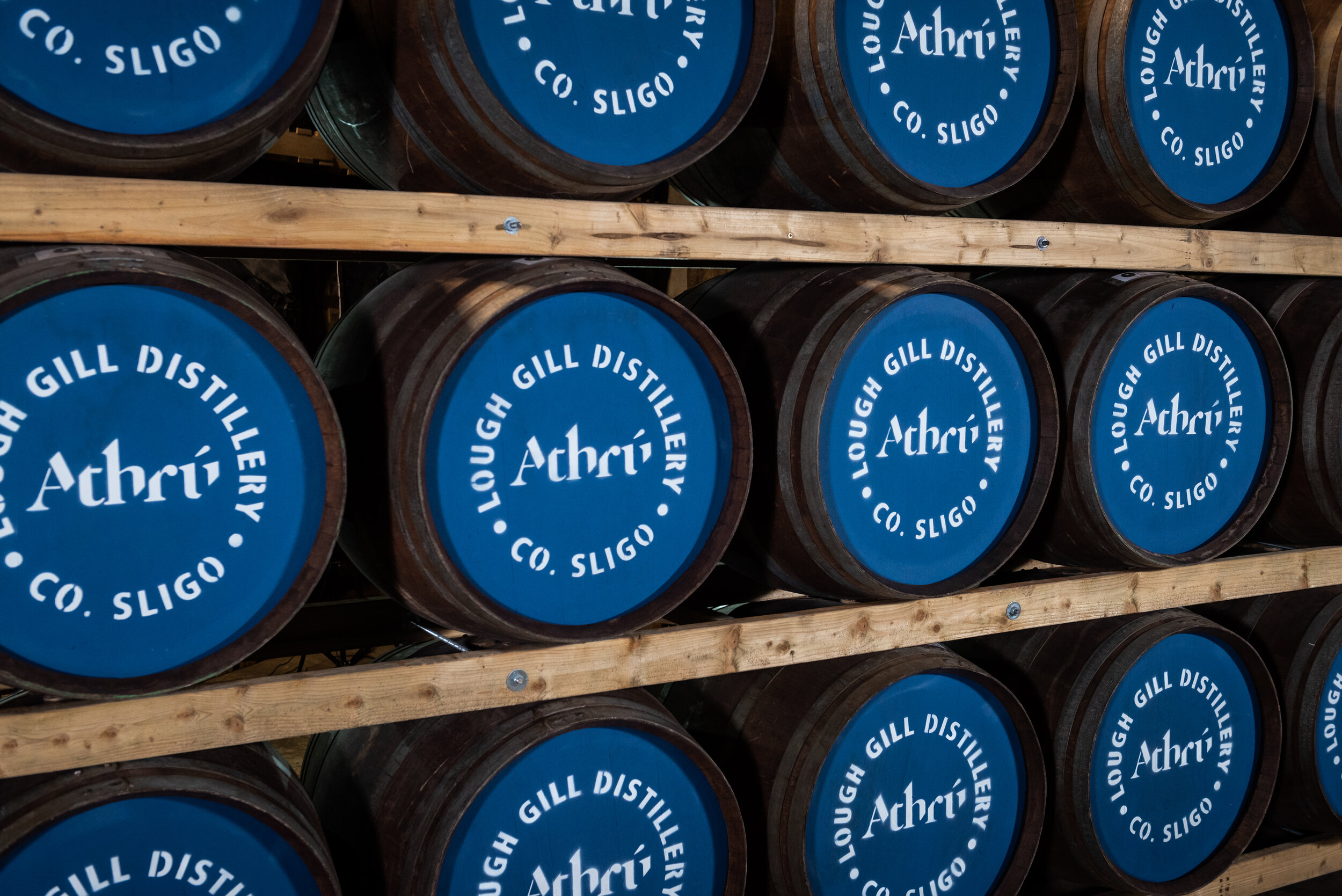Unmasking Casks - Everything You Need To Know About Whiskey Casks
Making whiskey is a painstaking and scientific process which takes many years, but the creation of the liquid itself is only half the battle. The barrel in which the whiskey is left to mature plays a huge and significant part in the overall development of the spirit - in fact, as much as 60% of the whiskey’s overall flavour comes from the cask.
Read on to discover why the type of cask really matters when it comes to whiskey production, and why now is the ideal time to invest in ‘liquid gold’.
Why is whiskey matured in oak barrels?
Oak isn’t the only wood used to mature whiskey, but it’s certainly the most common. There are several reasons why.
Firstly, oak as wood is an optimal material for whiskey barrels because it’s durable. It also allows the liquid inside to breathe, but doesn’t get saturated to the point where it begins to leak because it can no longer contain the whiskey.
Some countries state by law that whiskey must be aged in oak. In Ireland, the law states that whiskey must be aged “for at least three years in wooden casks, such as oak, not exceeding 700 litres (185 US gal; 154 imp gal) capacity.” However, in Scotland, the Scotch Whisky Regulations state that the whisky needs to be: “matured in an excise warehouse in Scotland in oak casks of a capacity not exceeding 700 litres, the period of that maturation being not less than three years”.
While some countries’ laws specifically determine that oak must be used, and others just require it must be wood, oak is still an accessible option and the favoured choice for many distilleries.
Many whiskeys in Ireland, Scotland and beyond are aged in ex-Bourbon casks, as well as other oak casks which have previously contained liquids such as fortified wines.
Why are bourbon casks used to mature whiskey?
Ex-bourbon casks in particular are used when making many of the world’s finest whiskeys, and indeed, are used in the creation of our own Athrú whiskey. But, it’s not just because these casks impart particular notes to the whiskey (such as vanilla flavours) that they’re used.
The reason ex-bourbon casks tend to be used to mature whiskey is because of the laws in America, which stipulate that bourbon must be aged in new oak. These distilleries are then left with an excess of barrels, which they sell on, all around the world.
Because they’ve been used to house bourbon, when the casks are used again, they impart some of the original bourbon flavours and colours into the new whiskey. In fact, as much as 60% of a whiskey’s flavour comes from the cask it was matured in.
Ex-bourbon casks, or American oak, aren’t the only casks used in Irish whiskey production; European oak is another popular choice, and these barrels commonly come in the form of sherry, port or wine casks.
The process of distilleries using these casks for the first time is known as ‘first fill’, which doesn't refer to a brand-new cask, and instead means the cask is newly used by the distillery, and the whiskey they’re aging in it is the first of their liquids to be placed in it.
Wood-finishing a whiskey
In Ireland, whiskey must be aged in wooden barrels for a minimum of three years, and after that time, the whiskey can be bottled and drunk.
But we like to make our whiskey a little bit special here at Athrú, so we choose to wood-finish, or secondary mature our whiskey. This means that once it’s been aged in the first-fill cask, we then take it and place it in another cask, one which has previously contained another liquid, for example, sherry.
Wood-finishing gives us the chance to add additional levels of depth and flavour. 60-70% of the final whiskey profile comes from the type of cask used and the length of the maturation period, which means that everything from the aromas that fill your nose when you breathe in your expression to the flavours on the palette and even the colour of the whiskey have been influenced by the cask.
The time whiskey spends being wood finished can vary - anything from several months to several years is commonplace, and the length of time impacts the final nose, palette and colour of the whiskey.
You can find out more about the wood finishing process and the impact it has on our whiskey in our blog post.
The size of whiskey casks
Typically, if we’re talking about ex-bourbon barrels, then a whiskey cask is 200 litres, and this, being one of the “smaller” cask sizes, means that the liquid inside takes on more of the characteristics of the wood than it would in a larger cask. This size also means that it’s able to mature faster than it would in a cask with a larger surface area.
When it comes to other casks, like Sherry butts, these are larger, and can hold around 500 litres, more than double that of an American oak cask. The larger size means they’re a good option for secondary maturation as the liquid has less contact with the wood so while it still imparts some flavour and characteristics to the whiskey, it won’t have as much of an effect as that of a smaller cask.
Investing in whiskey casks
The past decade has seen an increase in whiskey aficionados investing in casks in the pursuit of getting their hands on some fine and rare whiskeys. According to Knight Frank’s 2021 Wealth Report, rare whisky has seen a 478% growth in value over the past decade - superseding many other luxury items, including wine, art, handbags and cars.
But, investing in “liquid gold” isn’t just something for the wealthy whiskey lovers to pursue. Of course, opting for the rarest and most exclusive whiskeys in the world could set you back a hefty sum, but that doesn’t have to be the case - which is why there’s been a rise in the everyday whiskey lover getting a piece (or dram) of the action.
Now, investing in whiskey has become more accessible due to cask share programs, and distilleries offering the chance to purchase some of their casks.
At Athrú, we have our own cask reserve program, specially designed to allow whiskey lovers to enjoy something special from our distillery, and inviting them to accompany us on the journey and to become part of the resurgence in Irish whiskey.
Through this programme, you get whiskey identical to ours; the spirit you buy is made from the same water, the same grain, made using the same processes and is stored in the same barrels in our spacious warehouse. The exciting part is you get to experience its journey from start to finish, seeing its development every time you visit our distillery.
Our cask reserve program provides you with the opportunity to lay down your own personal supply of our ultra-premium whiskey, matured in sync with Athrú, either for yourself, a celebration, or a gift.
We’re able to offer a few different ways to enjoy our casks - specially selected single cask bottlings, investing in a new fill cask or owning your own single malt expression; the choice is yours.
Athrú Single Cask Bottlings
Our single cask bottlings are individual bottles drawn directly from three casks specially selected by our head distiller Ollie Alcorn. Each cask is unique and has yielded a different number of bottles depending on the original cask size, maturation period and even its position in the warehouse. Choose whiskey drawn from casks including 6-year-old Oloroso, 16-year-old Pedro Ximenez and 16-year-old Tokaji. There’s just a limited number of these bottlings, and once they’re gone, they’re gone!
Athrú New Fill Casks
Investing in one of these casks gives you the opportunity to lay down your own personal supply of Athrú single malt whiskey, either for yourself (including groups of up to four co-owners) or whiskey professionals.
As part of the cask reserve, we are committing to reinvest 10% of proceeds in rejuvenating the estate surrounding the distillery and sustainability projects.
Not only will you get a wonderful whiskey once it’s matured, you’ll also get a whole host of other benefits from your investment, including distillery visits, cask visits and discounts on Lough Gill Distillery products.
So, how does it work? Well, you choose your cask from our exclusive selection of European and American oak casks, and then these casks will be individually numbered and filled with triple distilled Athrú. You can even personalise your cask with your signature or logo. Over the next three years, you can come and witness your whiskey developing and then, at any time from year four onwards, owners can have their cask bottled in up to three editions, perhaps to celebrate three special occasions or anniversaries.
Invest In Our Mature Casks
If you just can’t wait to get your hands on that lovely liquid, we do have a select few mature casks which are ready to bottle now. Specially selected for their exceptional flavour profiles, each is filled with Irish single malt. Choose from bourbon, sweet wine, sherry and port casks in a number of ages and sizes.
What you do with your cask is up to you - bottle it, leave it to develop further and decant it gradually, or store it in an exclusive area of our warehouse.
A guide to whiskey casks
Wondering about all the different shapes and sizes whiskey casks come in? Here’s a breakdown of what each one is:
Bourbon Barrel: as mentioned above, a bourbon cask is a popular choice for maturing whiskey, due to American laws which mean that to make bourbon, a new cask must be used every time. Once used, these casks are then sold around the world to other distilleries, where they can be used multiple times. Made from American oak and with a capacity of 200 litres, these casks impart honey and vanilla characteristics onto the whiskey inside.
Hogshead: a hogshead is slightly larger than a bourbon barrel due to the addition of extra staves. Each one can hold around 250 litres of spirit and is made by reconstructing oak barrels and fitting extra staves.
Port Pipe: these, as you may have guessed, are barrels used to mature port. Each one can hold in excess of 350 litres, and they’re some of the biggest casks used in the production of whiskey.
Sherry Butt: even larger than a port pipe, a sherry butt can hold 500 litres of liquid. These casks are commonly used in secondary maturation or ‘wood-finishing’ as they impart some of the sweet and rich sherry flavours without overpowering the whiskey.
Puncheon: These casks can hold up to 700 litres (the maximum size allowed for whiskey production in Ireland), and could have been used to house any number of liquids, including rum, sherry or wine, among others.
Interested in having your own cask of whiskey? If you’d like to order a cask or speak to a member of our sales team you can email sales@loughgilldistillery.com.
For more information on the Athrú Cask Reserve visit www.athru.com/casks .




